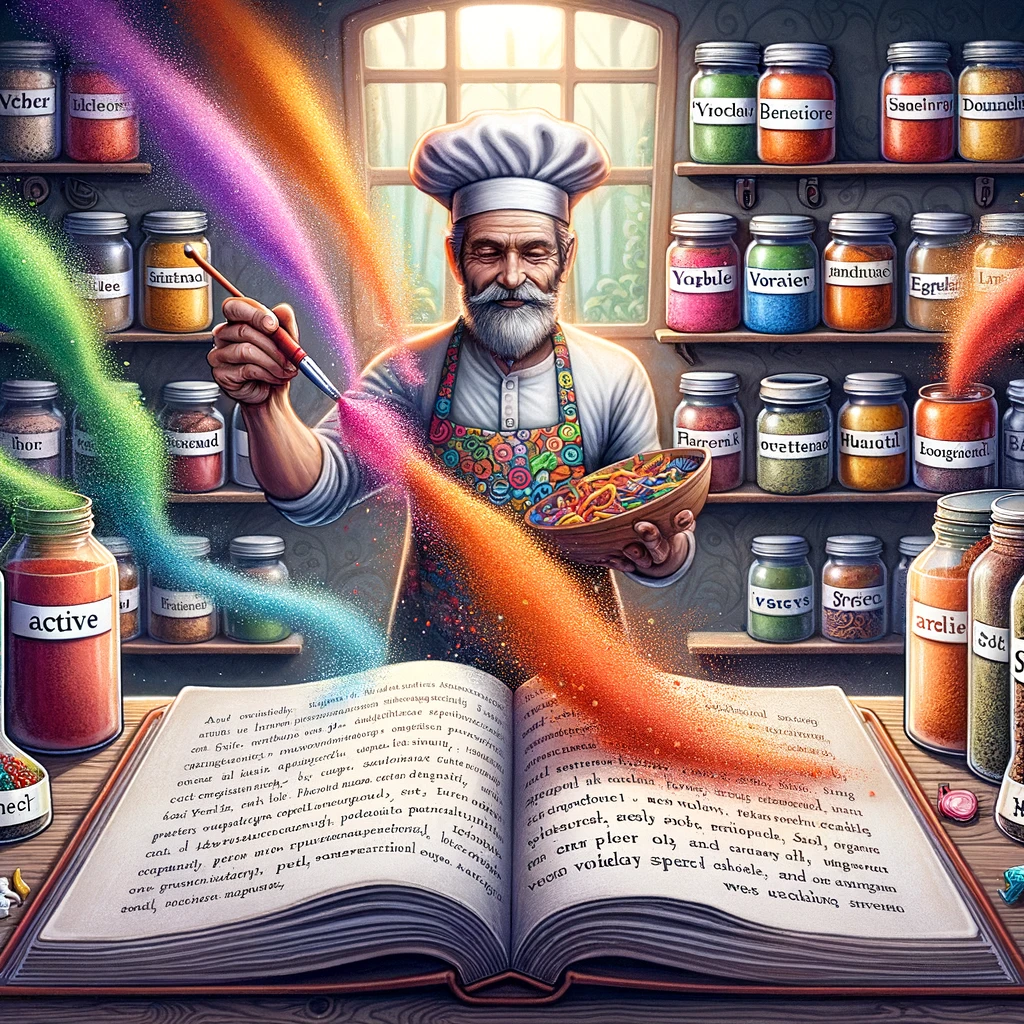Copula verbs, also known as linking verbs, are a special category of verbs in English used to link the subject of a sentence with a subject complement, which can be an adjective or a noun that describes or identifies the subject. Here’s a detailed explanation:
Definition
A copula verb does not express an action but rather serves as a connection between the subject and additional information about that subject. For example, in the sentence “The sky is blue,” “is” is the copula verb that links the subject “the sky” to the information “blue.”
Common Copula Verbs
The most common copula verb is “be” in its various forms (is, am, are, was, were). Other examples include:
- appear
- seem
- look
- sound
- smell
- taste
- feel
- become
- get
Usage
Copula verbs are used in two main ways:
- To indicate identity or equivalence:
- “Clark Kent is Superman.” (Clark Kent and Superman are the same person.)
- To describe a state or condition:
- “The soup tastes delicious.” (Describes the state of the soup.)
Characteristics
- After a copula verb, you use an adjective, not an adverb. For instance:
- Correct: “She looks happy.”
- Incorrect: “She looks happily.”
- Some copula verbs express a change or a transition into another state, such as “become,” “get,” “grow,” “turn,” and “go”:
- “The leaves are turning yellow.”
Examples
- “Honey is sweet.” (Quality of sweetness is assigned to honey.)
- “The stew smells good.” (The stew has the property of smelling good.)
- “She became a writer.” (Transition into a new state of being a writer.)
In summary, copula verbs are essential for constructing sentences that assign qualities, states, or identities to subjects. They are fundamental in describing conditions and changes without denoting a specific action performed by the subject. For further reading and examples, you can refer to resources on English grammar1234.

